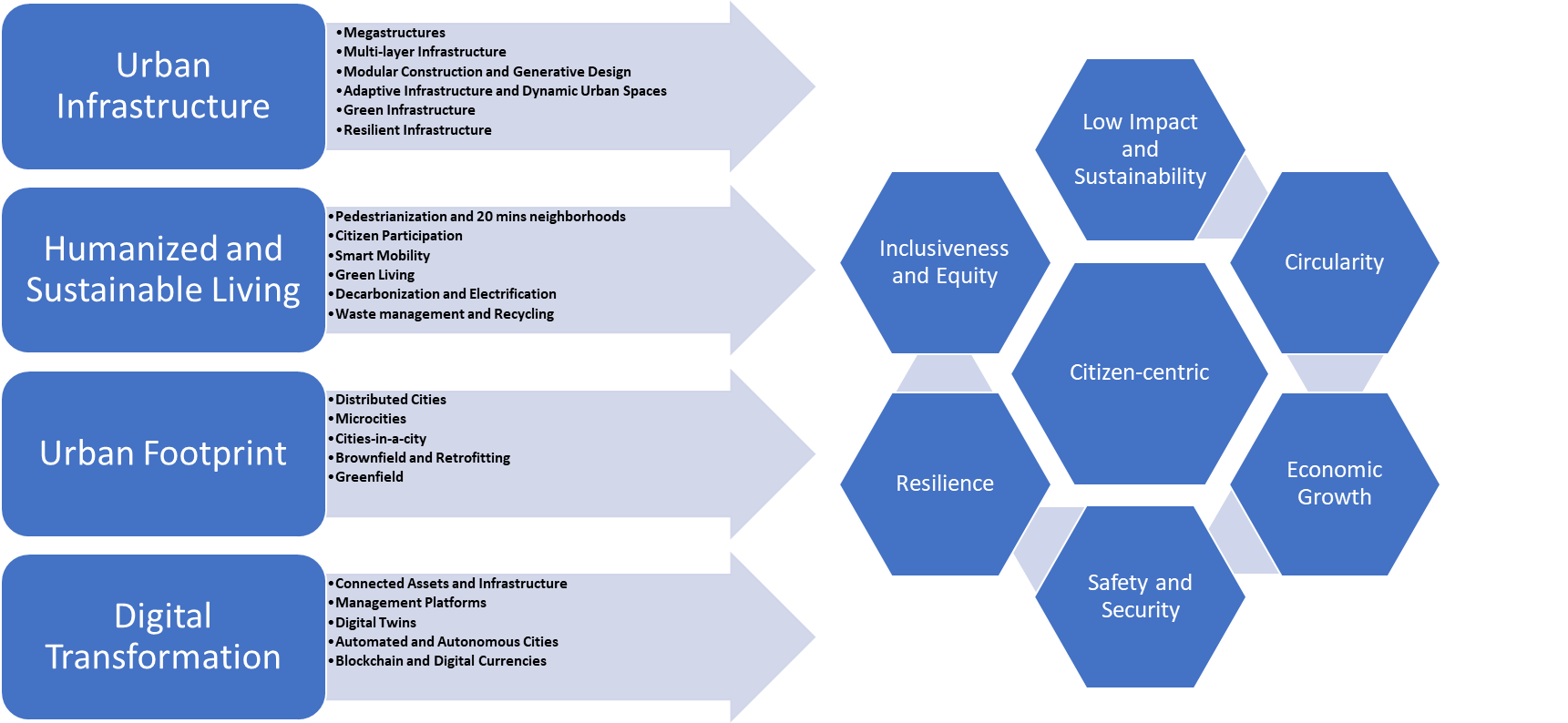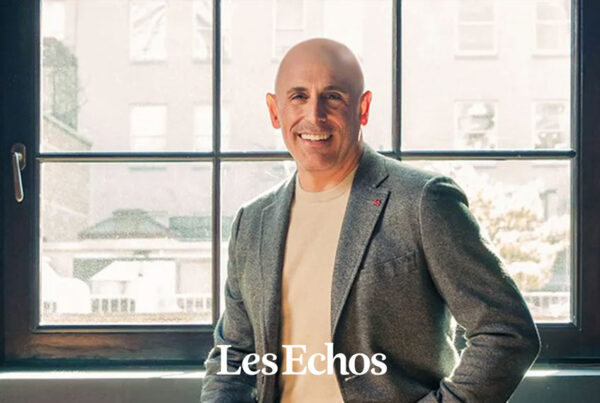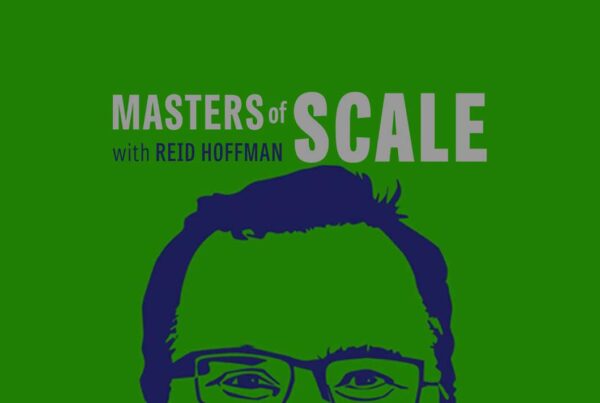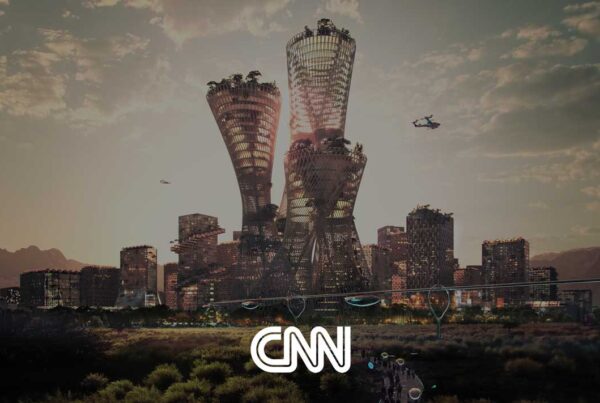Investments in urban infrastructure aimed at implementing “new visions for cities” will reach US$375 billion by 2030, according to global technology intelligence firm ABI Research.
The research focuses on new greenfield and brownfield urban developments that adopt one or more new design principles, including pedestrianisation, 20-minute neighbourhoods and fresh approaches to green infrastructure, utilities, transportation, and carbon-neutral buildings.
The report features 16 case studies including The Line in Saudi Arabia, Marc Lore’s recently announced Telosa in the US and Tengah in Singapore.
Dominique Bonte, VP End Markets and Verticals at ABI Research, said the investment projections are based on a strong increase in announcements about new city projects and concepts, driven by issues such as the urgent need to address climate change, and the “digitalisation of lifestyles”, which has been accelerated by Covid-19. Other factors cited include a growing focus on equity and inclusiveness, scalable economic development, and more affordable living.
“The very concept of cities will change profoundly and structurally,” Bonte commented.

In January, Saudi Arabia’s Crown Prince Mohammed Bin Salman unveiled plans to build a car-free, pedestrianised city – within the larger NEOM development – called ‘The Line‘, which aims to have all residents’ needs catered for within a five-minute walk. The proposed city will extend over 170 kilometres and have the capacity to house one million residents, according to the Prince, with construction expected to commence in the first quarter of this year.
“We need to transform the concept of a conventional city into that of a futuristic one,” Prince Mohammed said, adding that the city will serve as a “blueprint for how people and planet can co-exist in harmony”.
In September, entrepreneur and investor Marc Lore revealed plans to develop a new city in the US which will be named Telosa. A location has not yet been secured but possibilities include Nevada, Utah, Idaho, Arizona, Texas, and the Appalachian Region. Proposals centre around a city designed for active transport, electric and autonomous vehicles, and drones, as well as an underground network for deliveries and waste management. Lore also puts forward the idea of ‘equitism’ as a new model for society. The land selected for the Telosa development would be donated to a community endowment which would use increasing land values to fund “enhanced city services” around education, housing, healthcare and training.
Learning from failure
At the New Cities Lab at McGill University, Dr Sarah Moser and her team have counted around 150 new city projects in more than 40 countries, including Forest City in Malaysia, NEOM in Saudi Arabia and major developments in Jordan and Egypt.
Most promise green, pedestrian-friendly smart cities but many hit political or financial roadblocks or fail to live up to expectations. Futuristic master-planned cities such as Masdar in Abu Dhabi and Songdo in South Korea have been called ‘ghost towns’, and several commentators have also expressed scepticismabout the latest projects such as Lore’s.
Bonte said: “While many of these new city visions may never see the light of day, they do offer a glimpse into a more humanised, sustainable, and resilient urban future, much of which will be realised by gradually retrofitting and/or upgrading existing urban infrastructure in the next decades. The mega concepts play an important role in defining and promoting new urbanisation concepts.”
He said the bulk of urban innovation will come through smaller brownfield projects.
He added that while the most visible aspects of these projects are linked to physical assets, the invisible digital layers and related processes are equally important. This includes solutions that integrate connected sensors, software management platforms, digital twins, blockchain, electrification, and process automation.
“These transformative solutions enable preventive and remote maintenance practices, automated emergency response and traffic management, and will ultimately realise the autonomous city of the future,” the research says.




